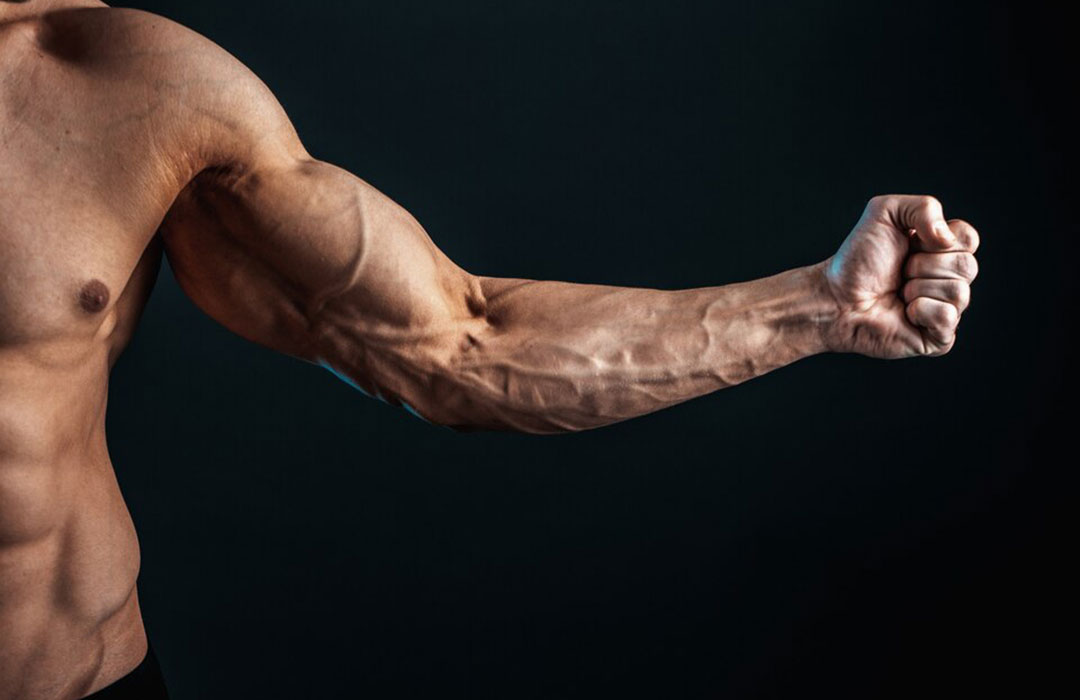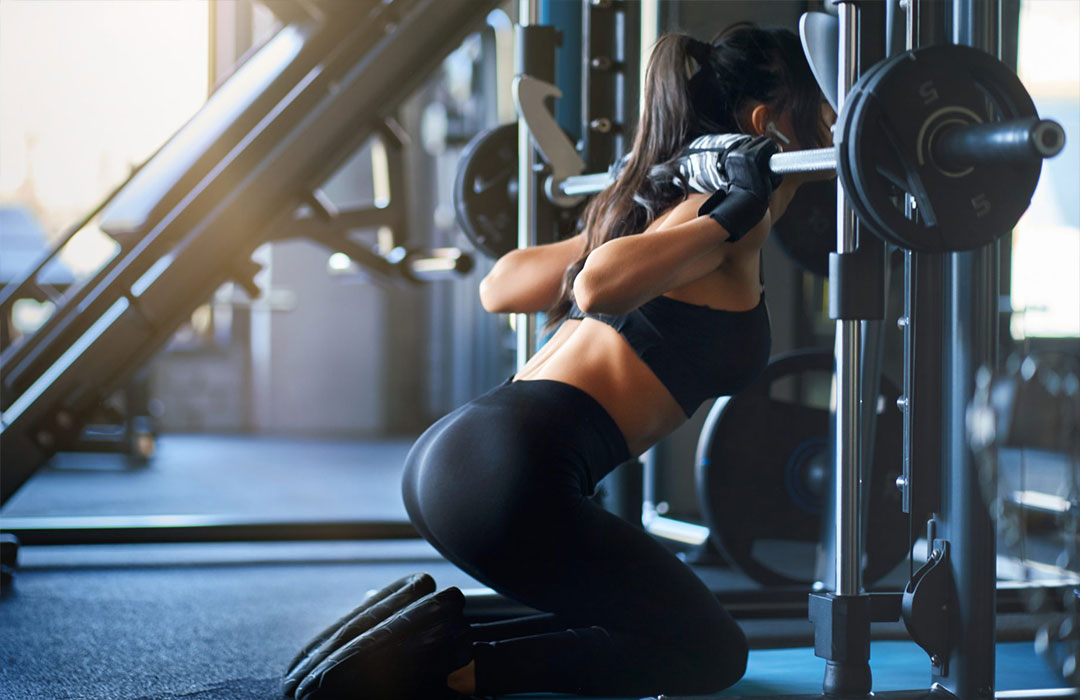Introduction
Are you looking for an exercise that can take your strength and physique to new heights? Look no further than eccentric deadlifts! This comprehensive guide will delve into the world of eccentric deadlifts and explore how this exercise can transform your body. Whether you’re a fitness enthusiast or an athlete seeking to enhance performance, eccentric deadlifts offer many benefits. So, let’s dive in and unlock the secrets of this powerful exercise!
The Science Behind Eccentric Deadlifts
Eccentric deadlifts involve emphasizing the lowering phase of the exercise, which is known as the eccentric phase. This phase requires controlled muscle lengthening under load. According to research, eccentric movements stimulate more significant muscle growth and strength gains than concentric movements alone. Eccentric deadlifts uniquely engage the muscles, increasing muscle activation and hypertrophy.
How to Perform Eccentric Deadlifts Correctly
To perform eccentric deadlifts correctly, follow these steps:
- Begin by standing with your feet shoulder-width apart and the barbell in front of you.
- Bend at the hips and knees, maintaining a neutral spine and a slight arch in your lower back.
- Grip the bar with an overhand or mixed grip, hands slightly wider than shoulder-width apart.
- Take a deep breath, brace your core, and lift the barbell using your hips and legs.
- As you reach the top of the lift, pause briefly and prepare for the eccentric phase.
- Lower the barbell slowly and under control, allowing your hips and knees to flex.
- Keep your back straight and maintain tension in your hamstrings and glutes.
- Once the barbell reaches the ground, reset your starting position and repeat for the desired reps.
Variations of Eccentric Deadlifts
Romanian Deadlifts
Romanian deadlifts are a popular variation of eccentric deadlifts targeting the posterior chain. This exercise involves a slight knee bend and focuses on hip hinge movement. Romanian deadlifts can help improve hamstring and glute strength while enhancing hip mobility.
Deficit Deadlifts
Deficit deadlifts involve standing on a raised platform, such as weight plates or blocks, to increase the range of motion. By performing deadlifts from a deficit, you engage the muscles more effectively and challenge your strength and stability. This variation is particularly beneficial for developing explosive power and grip strength.
Sumo Deadlifts
Sumo deadlifts differ from traditional deadlifts as they require a wider stance with toes pointing outward. This variation primarily targets the glutes, quadriceps, and inner thighs. Sumo deadlifts can be an excellent alternative for individuals with limited hip mobility or those looking to shift the focus onto specific muscle groups.
The Benefits of Eccentric Deadlifts
Eccentric deadlifts offer many benefits that can transform your body and improve your fitness. Let’s explore some of the key advantages:
Increased Muscle Strength
Eccentric deadlifts challenge your muscles eccentrically, leading to more significant strength gains. By focusing on the lowering phase of the lift, you place additional stress on the targeted muscles, promoting muscle growth and enhanced strength development.
Enhanced Muscular Hypertrophy
When performing eccentric deadlifts, your muscles undergo controlled lengthening, stimulating muscle hypertrophy. This eccentric overload triggers muscle fiber damage, initiating the repair and growth process and increasing muscle size and definition.
Improved Power and Explosiveness
The eccentric phase of the deadlift is crucial for developing power and explosiveness. Eccentric deadlifts allow you to load the muscles eccentrically, translating into more excellent force production during explosive movements, such as jumps and sprints.
Enhanced Grip Strength
Due to the nature of eccentric deadlifts, your grip strength significantly improves. The controlled lowering of heavy weights challenges your grip, making it more resilient and capable of handling heavier loads.
Functional Strength and Performance
Eccentric deadlifts mimic real-life movements, making them highly functional. Incorporating this exercise into your training routine can quickly improve your ability to lift, carry, and perform everyday activities.
Injury Prevention and Posture Correction
Eccentric deadlifts engage multiple muscle groups, including the posterior chain and core. Strengthening these muscles helps stabilize the spine, improve posture, and reduce the risk of lower back injuries.
How Eccentric Deadlifts Build Strength and Muscle
Eccentric deadlifts are a powerful tool for building strength and muscle due to their unique focus on the eccentric phase. During this phase, the muscles lengthen under tension, causing micro-tears in the muscle fibers. The body repairs these tears during recovery, increasing muscle mass and strength. Additionally, eccentric deadlifts enhance the recruitment of motor units, leading to greater muscle activation and overall muscular development.
Eccentric Deadlifts vs. Concentric Deadlifts
Eccentric and concentric deadlifts are valuable exercises but target different aspects of your strength and fitness. Concentric deadlifts focus on the lifting phase, where you raise the weight from the ground. On the other hand, eccentric deadlifts emphasize the lowering phase, which distinctly activates the muscles. Incorporating both deadlifts into your training routine allows you to experience well-rounded strength and muscular development.
The Importance of the Eccentric Phase in the Deadlift
The eccentric phase of the deadlift is often overlooked but holds tremendous importance. During this phase, the muscles lengthen under tension, increasing time under tension and promoting muscle growth. The eccentric phase also improves muscular control, joint stability, and overall movement mechanics. Neglecting the eccentric portion of the deadlift can limit your progress and hinder your potential for strength and muscle gains.
Common Mistakes to Avoid When Performing Eccentric Deadlifts
To maximize the benefits of eccentric deadlifts and prevent injuries, performing the exercise with proper form is crucial. Here are some common mistakes to avoid:
Rounding the Lower Back
Maintaining a neutral spine is essential during eccentric deadlifts. Avoid rounding your lower back, as it can lead to lower back strain and potential injuries. Engage your core, keep your chest up, and hinge from the hips while maintaining a straight back throughout the movement.
Using Excessive Weight
Eccentric deadlifts are intense, and choosing an appropriate weight that allows you to maintain control throughout the lowering phase is essential. Using excessive weight can compromise your form and increase the risk of injury. Start with a weight that challenges you but still allows for proper technique.
Neglecting the Eccentric Tempo
To fully benefit from eccentric deadlifts, controlling the lowering phase and maintaining a consistent tempo is crucial. Avoid rushing through the eccentric portion or letting the weight drop quickly. Maintain control and focus on muscle engagement during the eccentric phase.
Ignoring Recovery and Rest
Eccentric deadlifts stress your muscles significantly, and adequate recovery is essential for optimal growth and injury prevention. Allow your body enough time to rest and recover between training sessions to avoid overtraining and promote proper muscle repair and adaptation.
Frequently Asked Questions (FAQs)
-
Is eccentric on deadlift good?
Yes, incorporating eccentric deadlifts into your training routine can be highly beneficial. Eccentric deadlifts target the muscles eccentrically, leading to increased strength, muscle hypertrophy, and enhanced performance.
-
Is eccentric up or down on deadlift?
The deadlift’s eccentric phase refers to the lifting’s lowering or descending phase. It involves controlling the weight as you lower it back to the ground.
-
What is an example of an eccentric lift?
An example of an eccentric lift is the eccentric deadlift itself. Other examples include eccentric squats, where you focus on the lowering phase of the squat, and eccentric bench presses, where you emphasize the lowering phase of the bench press.
-
What do eccentric reps mean?
Eccentric reps refer to repetitions where you focus on the eccentric or lowering phase of an exercise. In the context of eccentric deadlifts, it means emphasizing the controlled weight lowering to maximize the eccentric muscle activation.
-
How important is the eccentric phase of the deadlift?
The eccentric phase of the deadlift is crucial for muscle growth, strength development, and overall performance. It promotes muscle hypertrophy, enhances muscular control, and improves movement mechanics.
Conclusion
Eccentric deadlifts are a powerful exercise that can transform your body and improve your strength and fitness levels. By incorporating this variation into your training routine, you can experience increased muscle strength, hypertrophy, power, and functional performance. Remember to prioritize proper form, gradually increase the weight, and allow for adequate recovery to maximize the benefits of eccentric deadlifts. So why wait? Add eccentric deadlifts to your workouts and take your fitness journey to new heights!




